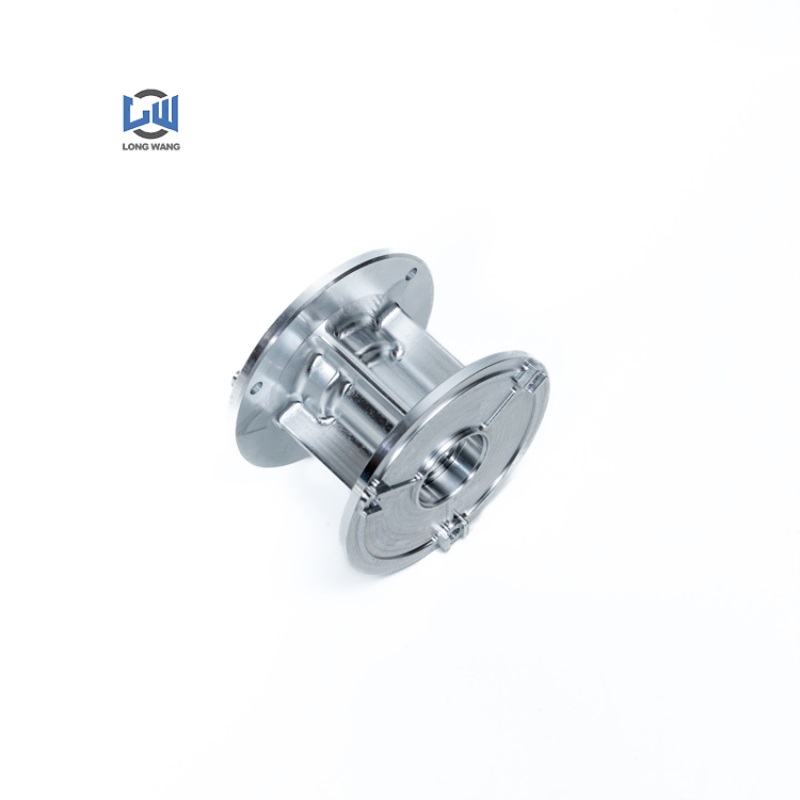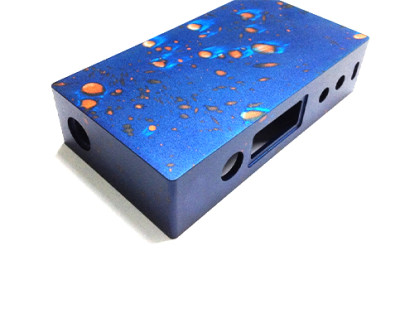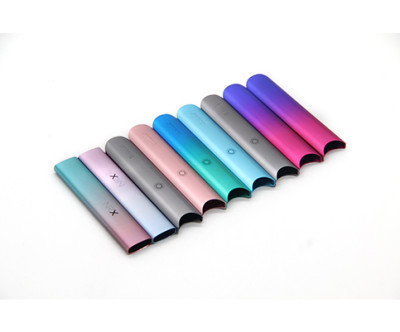What Are the Machining Processes for Aluminum?
Aluminum processing refers to the process of removing excess material from aluminum alloys using mechanical methods to obtain the desired shape and size. Aluminum is one of the most commonly used metals in engineering due to its excellent processing properties such as:
high strength to weight ratio
Good electrical and thermal conductivity
Corrosion resistance
easy to process
The following are some commonly used aluminum processing processes:
Turning: Turning is a machining method that uses rotating tools to remove material from a rotating workpiece. Turning is a general method for machining aluminum parts of various shapes (eg cylindrical, conical, flat).
Milling: Milling is a machining method that uses rotating tools to remove material from a stationary workpiece. Milling can be used to process aluminum parts of various complex shapes, such as slots, holes, gears, etc.
Drilling: Drilling is a machining method that uses a rotary drill to drill a hole in a workpiece. Drilling can be used to create holes of various sizes and shapes.
Tapping: Tapping is the process of cutting threads in a workpiece using a rotating tap. Tapping can be used to produce threads of various sizes and types.
Electrical Discharge Machining: Electrical discharge machining (EDM) is a machining method that uses high-frequency current to create an arc between a workpiece and an electrode to remove material. EDM can be used to process aluminum parts of various complex shapes, and it is not easy to produce thermal deformation.
These are just some of the commonly used aluminum processing processes, there are many other processes that can be used to process aluminum. Choosing the right machining process depends on factors such as the shape, size, precision requirements and cost of the part.
Here are some pros and cons of aluminum machining processes:
Turning: Turning is a versatile and efficient machining method, but it is difficult to machine parts with deep holes and complex shapes.
Milling: Milling can process parts of various complex shapes, but the machining accuracy is low.
Drilling: Drilling is a fast and efficient processing method, but it is difficult to process deep holes.
Tapping: Tapping is a fast and efficient processing method, but it is difficult to tap deep threads.
Electric discharge machining: EDM can process parts with various complex shapes, and it is not easy to produce thermal deformation, but the processing cost is relatively high.
When choosing an aluminum processing technology, comprehensive consideration should be given to factors such as the shape, size, accuracy requirements and cost of the part.



